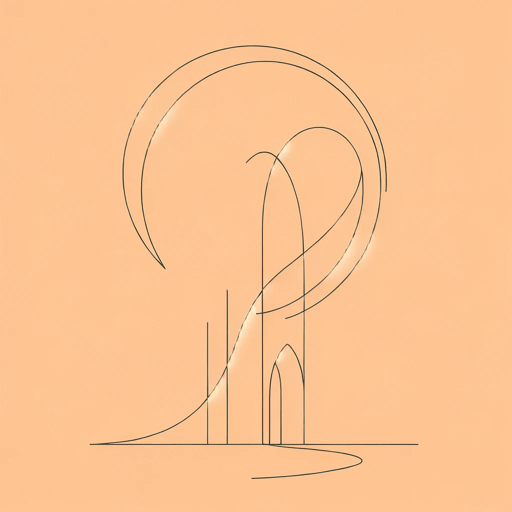17 pages • 34 minutes read
William BlakeThe Garden of Love
Fiction | Poem | Adult | Published in 1794A modern alternative to SparkNotes and CliffsNotes, SuperSummary offers high-quality Study Guides with detailed chapter summaries and analysis of major themes, characters, and more.
Themes
Childhood and Adulthood
“The Garden of Love” comes from the Experience section of Blake’s Songs of Innocence and Experience. The poems in Experience depict the restrictions the adult world imposes on children, whose innate urges are toward freedom, wonder, happiness, and love. Blake’s belief was that humans are born naturally loving God and provided with all that they need to be happy. His poetry shows how the unnatural restraints and dictums of the adult world quash those joys.
“The Garden of Love” is divided into two distinct periods of life, corresponding to childhood and adulthood. The role of the garden for the child is depicted in Lines 4, 8, and 10. These lines look back at how the garden was for the speaker as a child and the use of the word “play” (Line 4) confirms this. The child was free and happy in the garden. The “sweet flowers” (Line 8) of the garden in childhood reinforce the image of a place of beauty, and of nature in its free and abundant state.
In sharp contrast to the idyllic image of the garden in childhood, the adult perspective is of a dark, barren, restrictive place. This image is a 







Related Titles
By William Blake
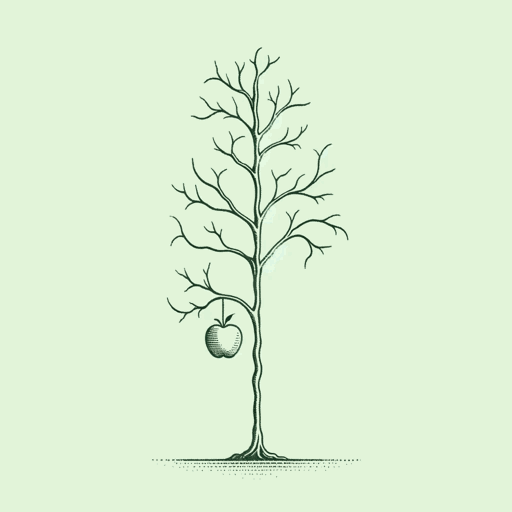
A Poison Tree
William Blake
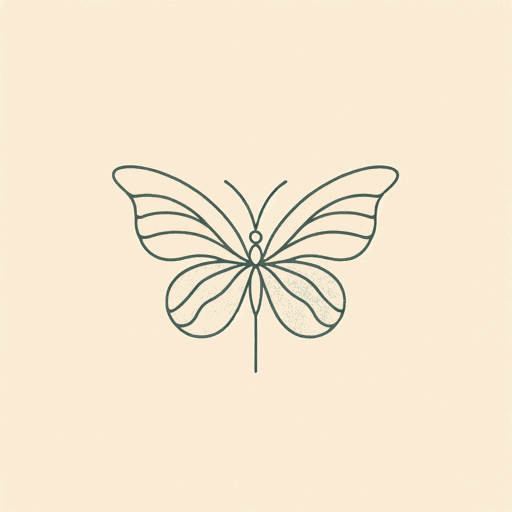
Auguries of Innocence
William Blake
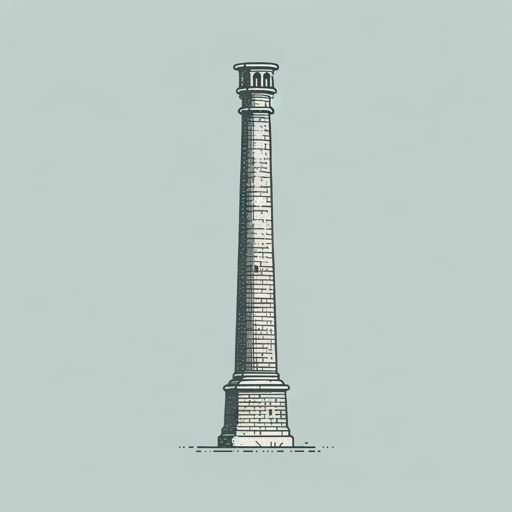
London
William Blake
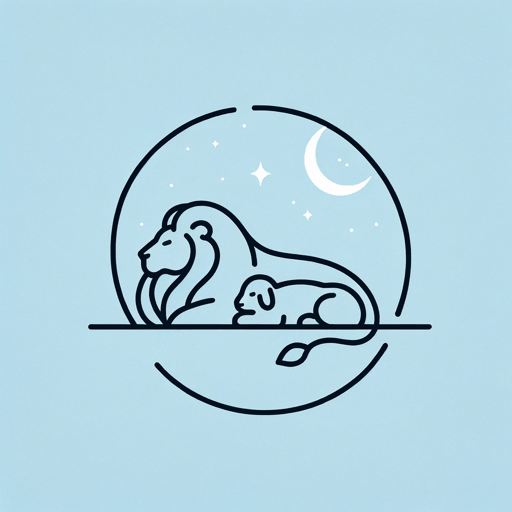
Night
William Blake

Songs of Innocence and of Experience
William Blake
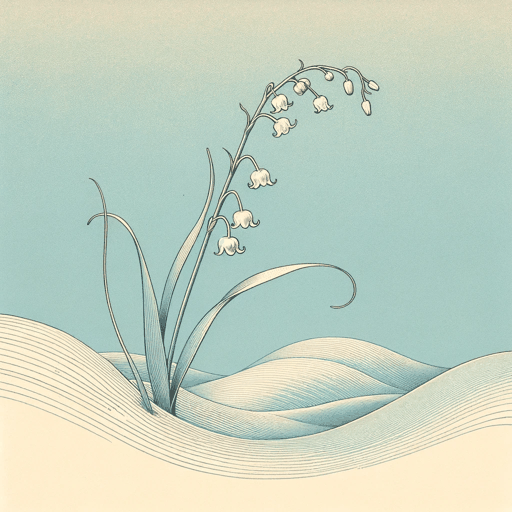
The Book of Thel
William Blake

The Chimney Sweeper
William Blake
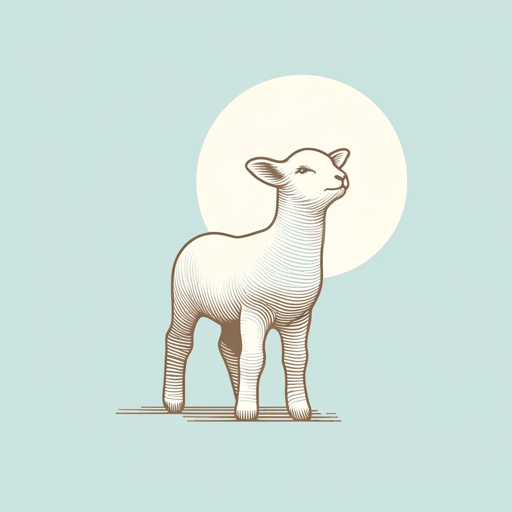
The Lamb
William Blake

The Little Boy Found
William Blake
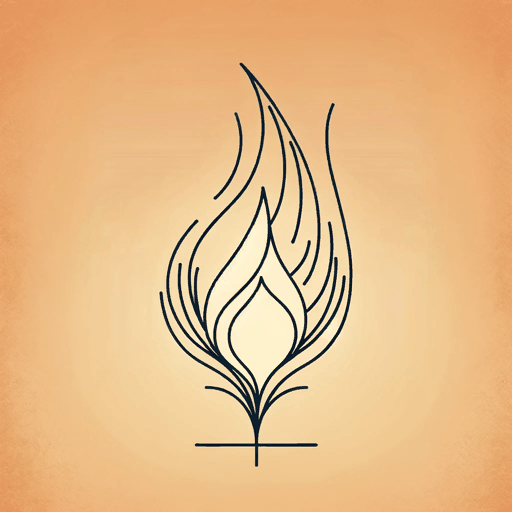
The Marriage of Heaven and Hell
William Blake
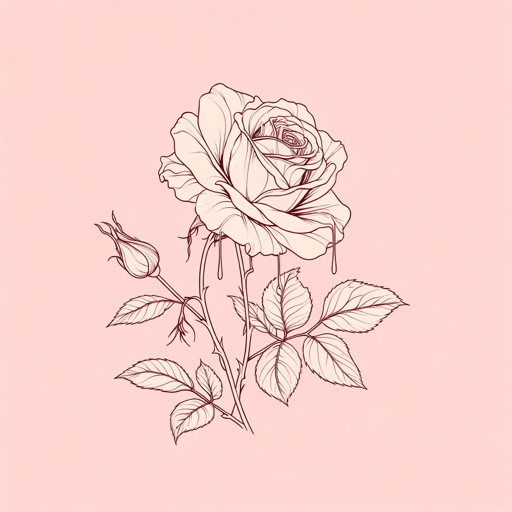
The Sick Rose
William Blake

The Tyger
William Blake
Featured Collections
Appearance Versus Reality
View Collection
Challenging Authority
View Collection
Good & Evil
View Collection
Grief
View Collection
Guilt
View Collection
Loyalty & Betrayal
View Collection
Memory
View Collection
Nostalgic Poems
View Collection
Poems of Conflict
View Collection
Power
View Collection
Religion & Spirituality
View Collection
Short Poems
View Collection
